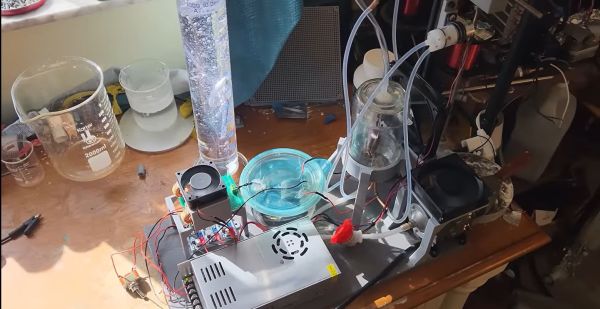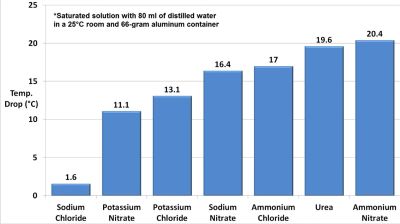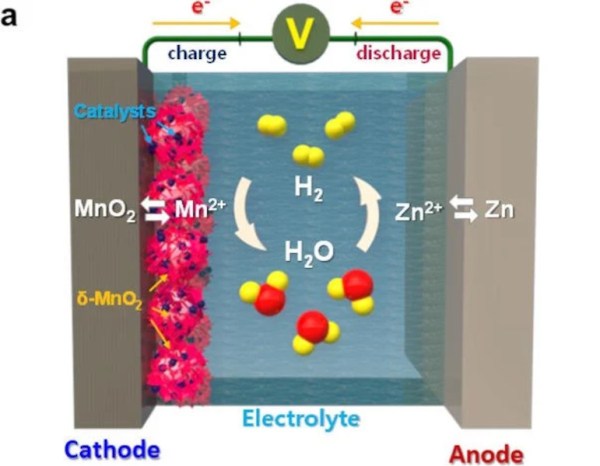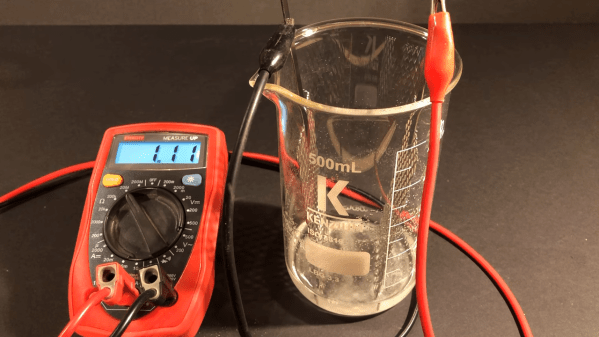It’s one of the strangest unsolved cases, and even though the FBI closed their investigation back in 2016, this may be the year it cracks wide open. On November 24, 1971, Dan Cooper, who would become known as DB Cooper due to a mistake by the media, skyjacked a Boeing 727 — Northwest Orient Airlines Flight 305 — headed from Portland to Seattle.
During the flight, mild-mannered Cooper coolly notified a flight attendant sitting behind him via neatly-handwritten note that he had a bomb in his briefcase. His demands were a sum of $200,000 (about $1.5 M today) and four parachutes once they got to Seattle. Upon landing, Cooper released the passengers and demanded that the plane be refueled and pointed toward Mexico City with him and most of the original crew aboard. But around 30 minutes into the flight, Cooper opened the plane’s aft staircase and vanished, parachuting into the night sky.
In the investigation that followed, the FBI recovered Cooper’s clip-on tie, tie clip, and two of the four parachutes. While it’s unclear why Cooper would have left the tie behind, it has become the biggest source of evidence for identifying him. New evidence shows that a previously unidentified particle on the tie has been identified as “titanium smeared with stainless steel”.
Continue reading “DB Cooper Case Could Close Soon Thanks To Particle Evidence”




















